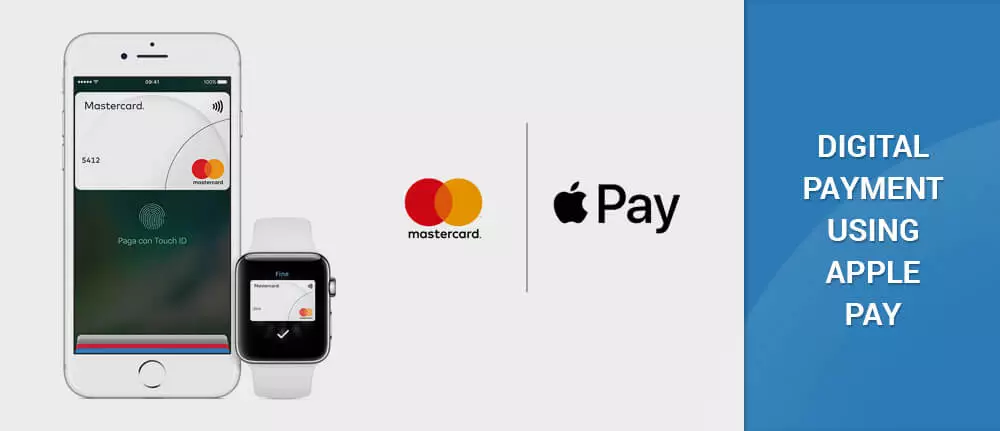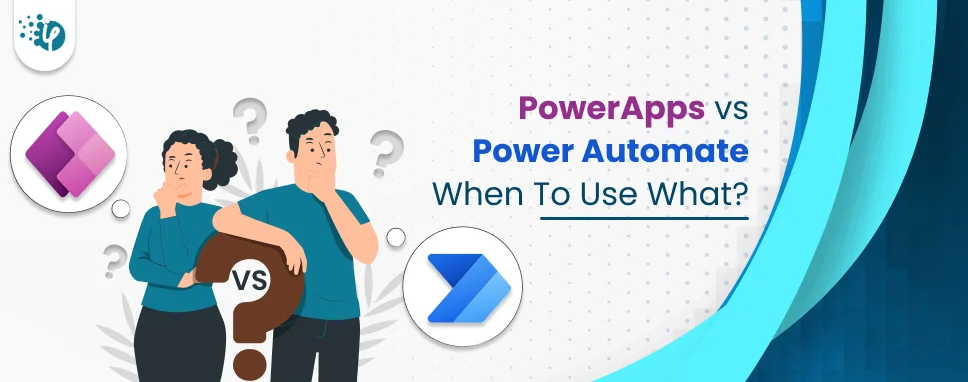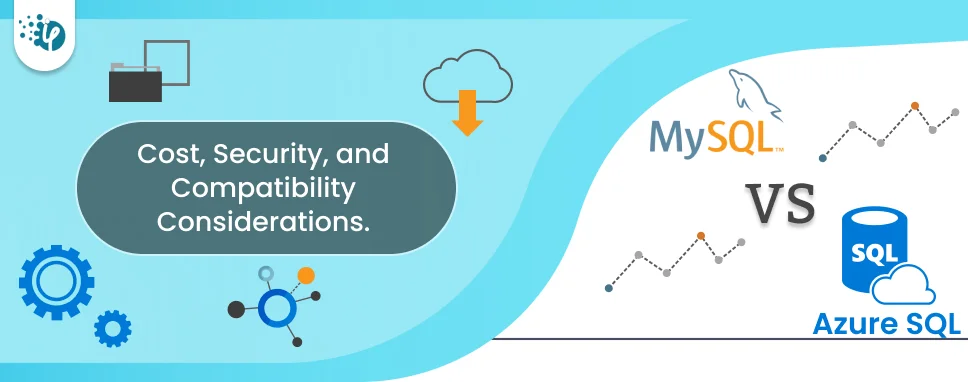Introduction
Apple Pay services initially released by Apple in October, 2014. Basically it is launched for digital secure payment transaction. It is a contact payment technology. Users can make payments with iOS apps, Apple watch or from website. From iOS 11 user can do Apple Pay with iMessage app. Apple Pay authentication via Face ID, Touch ID and Passcode. Basically when payment executes at that time all data are in encrypted mode. So, it is a secure payment services launched by Apple. Currently Apple Pay based app developed by reputed software application development company
Apple Pay works without internet connectivity. It works on NFC (Near Field Communication) chips. So suppose there will be issue of internet connectivity one can make payments with Apple Pay.
Apple Pay is available in the USA, UK, Canada, UAE, Australia, China, Russia, Singapore, New Zealand, Japan, Hong kong, Denmark, Italy etc...
Types of Payments
There are various types of payment methods.
-
Credit and debit card payments
-
EFTPOS payments
-
Online payments
-
Cheque payments
-
Digital payments
-
Money order payments
Read More: Siri Of Apple Vs Google Assistant Of Google
In above payment method one of the secure method is digital payment service . In digital payment, don’t care about cash or some documents like cheque. In online payments and digital payments we have to care about transaction passcode. Also these transactions are more private. If you set up your Touch ID or Face ID in your iOS device then, without remembering your passcode you can do payment with Apple Pay.
How to use Apple Pay?
Apple Pay requires NFC antenna and for security purpose Touch ID or Face ID or Passcode.
Below are the main steps when user make payments:
-
Set or put your iOS device with near by NFC (Near Field Communication) based reader, with your registered Touch ID or Face ID.
-
Device will vibrate or beep, when payments successfully completes.
-
If you haven’t set up a Touch ID then it will ask for a passcode. In iPhone X user have to set up a Face ID instead of Touch ID.
-
In iPhone X press the sleep / wake button twice to execute the payments.
-
You can check your payments receipt with in the wallet app, for verification only.
Device compatibilities
Apple Pay supports on below devices:
-
iPhone 6
-
iPhone 6 +
-
iPhone 6S
-
iPhone 6S +
-
iPhone 7
-
iPhone 7 +
-
iPhone 8
-
iPhone 8 +
-
iPhone X
-
iPhone SE
-
iPad Air 2
-
iPad Pro
-
Apple Watch
When user want to make payment with iPhone 8 or earlier user can use Touch ID. But in iPhone X user have to use Face ID for payments.
When user want to use Apple watch at that time Apple Pay is activated with a passcode and will remain active for as long as the user wears Apple watch.
Network supports
Apple Pay supports on below networks:
-
Visa
-
V Pay
-
Master Card
-
Maestro
-
American Express
-
China Union Pay
-
Discover Card (USA)
-
CB (France)
-
Interac (Canada)
-
EFTPOS (Australia)
-
Suica (Japan)
-
QUICPay (Japan)
One Stop Solution for Custom Software Development ? Enquire Today
Safety
Apple Pay are 100% secure as Apple said. Apple accepts that in any transaction sensitive information like credit / debit card number, passcode or any other sensitive data will not get stored. Apple Pay is a tokenised transaction service which have encrypted values for the sensitive data. When token will get generated in order to execute the transaction, at that time any merchant or retailer will not have direct access of it.
If your iOS device lose then...
As you know without Touch ID or Face ID or passcode no one able to execute the transaction. So it is automatically secured. Also you can use Find my device feature from your iOS device. So it will be automatically locks all existing features. And no one can access your personal details.























